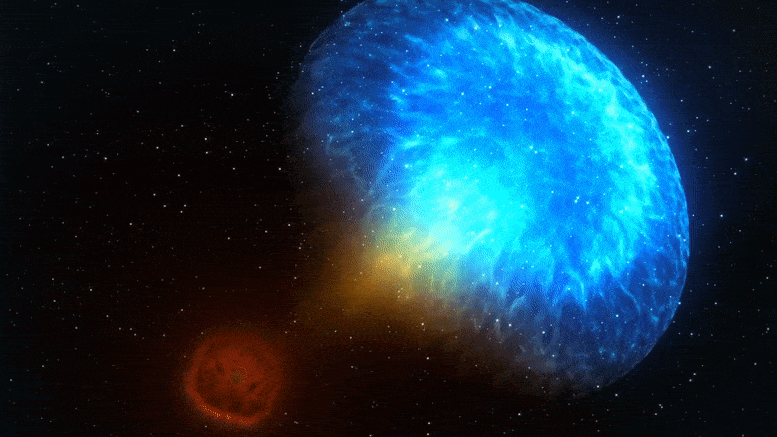
Credit: NASA’s Goddard Space Flight Center/CI Lab
Imagine taking a star with twice the mass of the Sun and crushing it down to the size of Manhattan. The result would be a neutron star—one of the densest objects found anywhere in the Universe. In fact, they exceed the density of any material found naturally on Earth by a factor of tens of trillions. Although neutron stars are remarkable astrophysical objects in their own right, their extreme densities may also allow them to function as laboratories for studying fundamental questions of nuclear physics, under conditions that could never be reproduced on Earth.
Neutron stars are so dense, that a single teaspoon of one would have a mass of about a trillion kilograms.
Because of these exotic conditions, scientists still do not understand what exactly neutron stars themselves are made from, their so-called “equation of state” (EoS). Determining this is a major goal of modern astrophysics research. A new piece of the puzzle, constraining the range of possibilities, has been discovered by a pair of scholars at the Institute for Advanced Study (IAS): Carolyn Raithel, John N. Bahcall Fellow in the School of Natural Sciences; and Elias Most, Member in the School and John A. Wheeler Fellow at Princeton University. Their paper was published recently in The Astrophysical Journal Letters.
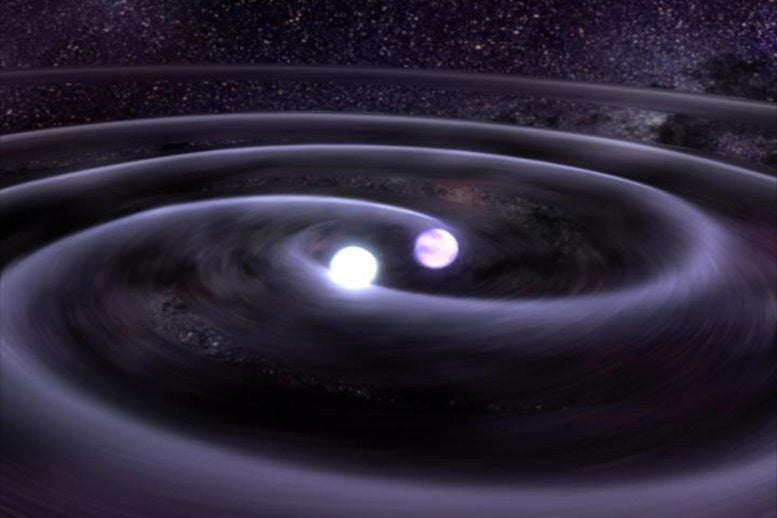
Neutron star merger and the gravity waves it produces. Credit: NASA/Goddard Space Flight Center
Ideally, astrophysicists would like to look inside these exotic objects, but they are too small and distant to be imaged with standard telescopes. Researchers instead rely on indirect properties that they can measure—such as the mass and radius of a neutron star—to calculate the EoS. This is much like how one might use the length of two sides of a right-angled triangle to work out its hypotenuse. However, one issue here is that the radius of a neutron star is very difficult to measure precisely. A promising alternative for future observations is to instead use a quantity called the “peak spectral frequency” (or f2) in its place.
But how is f2 measured? Collisions between neutron stars, which are governed by the laws of Einstein’s Theory of Relativity, lead to strong bursts of gravitational wave emission. In 2017, scientists directly measured such emissions for the first time. “At least in principle, the peak spectral frequency can be calculated from the gravitational wave signal emitted by the wobbling remnant of two merged neutron stars,” says Most.
Doomed neutron stars whirl toward their demise in this animation. Gravitational waves (pale arcs) bleed away orbital energy, causing the stars to move closer together and merge. As the stars collide, some of the debris blasts away in particle jets moving at nearly the speed of light, producing a brief burst of gamma rays (magenta). In addition to the ultra-fast jets powering the gamma rays, the merger also generates slower-moving debris. An outflow driven by accretion onto the merger remnant emits rapidly fading ultraviolet light (violet). A dense cloud of hot debris stripped from the neutron stars just before the collision produces visible and infrared light (blue-white through red). The UV, optical, and near-infrared glow is collectively referred to as a kilonova. Later, once the remnants of the jet directed toward us had expanded into our line of sight, X-rays (blue) were detected. This animation represents phenomena observed up to nine days after GW170817. Credit: NASA’s Goddard Space Flight Center/CI Lab
It was previously expected that f2 would be a reasonable proxy for radius, since—until now—researchers believed that a direct, or “quasi-universal,” correspondence existed between them. However, Raithel and Most have demonstrated that this is not always true. They have shown that determining the EoS is not like solving a simple hypotenuse problem. Instead, it is more akin to calculating the longest side of an irregular triangle, where one also needs a third piece of information: the angle between the two shorter sides. For Raithel and Most, this third piece of information is the “slope of the mass-radius relation,” which encodes information about the EoS at higher densities (and thus more extreme conditions) than the radius alone.
This new finding will allow researchers working with the next generation of gravitational wave observatories (the successors of the currently operating LIGO) to better utilize the data obtained following neutron star mergers. According to Raithel, this data could reveal the fundamental constituents of neutron star matter. “Some theoretical predictions suggest that within neutron star cores, phase transitions could be dissolving the neutrons into sub-atomic particles called quarks,” stated Raithel. “This would mean that the stars contain a sea of free quark matter in their interiors. Our work may help tomorrow’s researchers determine whether such phase transitions actually occur.”
Reference: “Characterizing the Breakdown of Quasi-universality in Postmerger Gravitational Waves from Binary Neutron Star Mergers” by Carolyn A. Raithel and Elias R. Most, 13 July 2022, The Astrophysical Journal Letters.
DOI: 10.3847/2041-8213/ac7c75

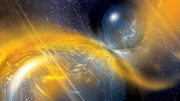
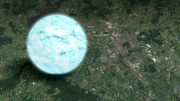

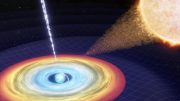
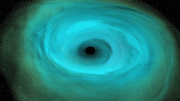
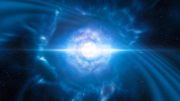
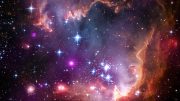
How is a particle, that has no charge at all, going to collapse itself into a mass that is trillions of times the density of anything on Earth? How can this happen when these particles decay into hydrogen in 14 minutes? Why would any star, which would be made out of plasma that is the least dense energy that exists, be more dense that any other solid matter?
The reality is that neutrons stars are really black holes that have just started creating the first optically visible light that they will emit. Up until this point, black holes release nothing but gamma rays. That’s why black holes are optically invisible. It has absolutely nothing to do with the amount of gravity involved.
Space is an extremely pressurized, absolute zero field of sterile electron neutrinos. The true strong force in our universe is between quarks and these neutrinos of space. Once quarks are separated from a sufficient enough reaction, it is the sheer density and pressure of space itself that is able to overcome the strong force and keep the quarks apart indefinitely. As a result, the strong force ejects the neutrinos from the plasma as the most powerful electromagnetic radiation in the universe which are gamma rays.
Eventually, because of the second law of thermodynamics, the quarks and sterile electron neutrinos begin fusing on the surface of the black hole to create the first neutrons, and visible light, the mass will possess. These are the “ring stars” scientists cannot explain. Once enough neutrons have congregated on the surface, they begin to naturally break down into the first hydrogen the mass will possess. The constantly forming neutrons then fuse with the newly formed hydrogen to create the first helium the plasma will possess using the beta minus decay reaction. This process continues creating heavier elements making the star darker until the light is extinguished and a surface forms. This is when the atmosphere is allowed to develop. This is when all the water on our planet is created exactly like the way a catalytic converter creates water with hydrocarbons and heat. Our planet probably took a billion years to create its water.
So, neutron stars are actually the least dense objects in the universe next to black holes. Everything we see wasn’t created from gravity, gas and dust. That’s why scientists don’t understand neutron stars. The energy we see really came from our universe turning itself into a gargantuan particle collider with two, maximum entropy objects that contained the mass of the observable galaxies. The only difference is the size of the “particles” involved and the size of the “shrapnel” ejected. The galaxies are nothing but quark plasma shrapnel that have cooled ever since they were created in the collision. That is the way the second law of thermodynamics is supposed to work in our universe.